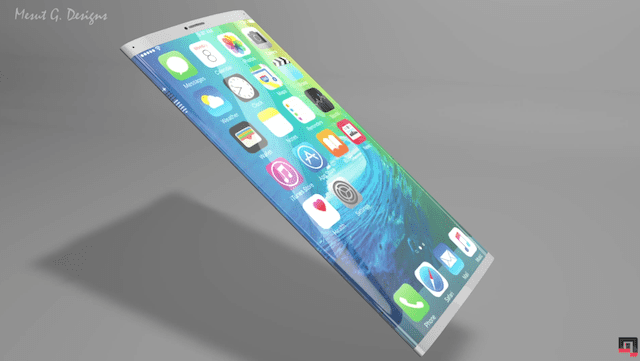In the world of smartphones, there is an ever-present demand for improved appearance, improved functionality, and improved aesthetics.
One area that receives attention for improvement, particularly in consumer electronics, is user input and interface.Presently there exists a range of mechanically actuated or electrically actuated input devices, which control your home button, volume levels, and wake/sleep buttons.
These input devices interface with their associated electronic devices in order to control a function of the device.
One challenge with these known input devices is that they may detract from the aesthetics of the device by interrupting the continuity of the device housing and be ruined by dirt or moisture entering into the openings in the device housing.
The invention in patent # 9400579 from Apple refers to an embodiment of an electronic device having an invisible input.

The device has a frame having a top face with invisible holes formed therein. A capacitor reference is on an inner surface of the top face in the area of the invisible holes. An interior wall is separated from the top face and forms an interior space having a dielectric medium disposed therein. A capacitor plate is disposed on a surface of the interior wall opposite the first capacitor plate.

A light source is disposed in the interior space and is configured to shine through the invisible holes. A capacitor sensor is electrically connected to the capacitive reference and the capacitor plate. When an object is placed on the frame in the area of the invisible holes and pressure is applied, the frame deforms. This deformation causes a change in capacitance between the capacitive reference and the capacitor plate. The capacitor sensor detects this change and converts it to an electrical signal.
Essentially, all your input functions to the device can be controlled from this top face itself without the need of a mechanical button o the surface of the phone.
With iOS 10 providing features such as Raise to Wake and rumors around iris sensors for biometric identification, you really wouldn’t need any protruding buttons on the future iPhone. That would pretty much make the Home Button redundant. Since you can control volume functions etc directly fro the control center in iOS 10, there is more reason to believe that the next gen iPhone will probably eliminate buttons on the phone’s housing.
Furthermore, with 7nm A11 processors projected in 2018 from TSMC, AMOLED displays in the next model along with improvements in finFit technology, one can really expect a thin and aesthetically pleasing device!
One Sleek device that is either voice activated via Siri or motion activated with all control functions built into its user interface.
Buttons are so 2016. Welcome to your 2018 iPhones!